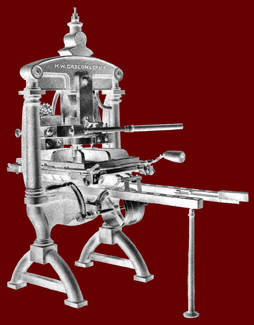the Aragó Press
artists' books artist's books
|
|
|
|
|
|
|
|
artists' books
|
|
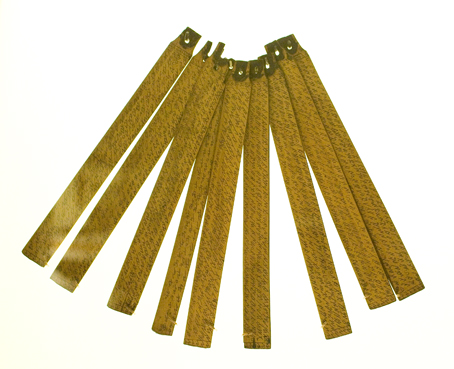 |
|
This page contains various examples of hand made books and artists' books. I have attempted to show how the book can take on a variety of forms that do not always conform to the tradional notion of the book. Other examples show how text and image can use the form of the book in an imaginative way.
|
|
Bamboo, leaves, wood, stone, shell and other materials have been used as a support for writing long before paper became the predominant writing material. This example is from Africa and is in the British Museum.
|
|
|
|
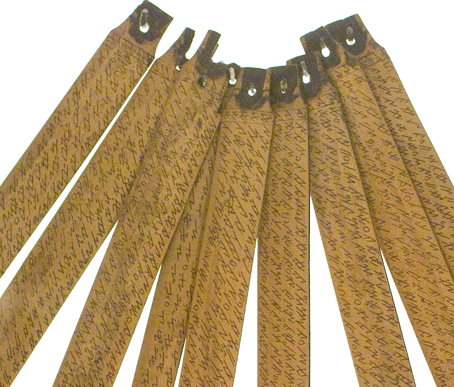 |
|
Images, symbols and pictograms were used on a variety of materials. These examples are also in the British Museum.
|
|
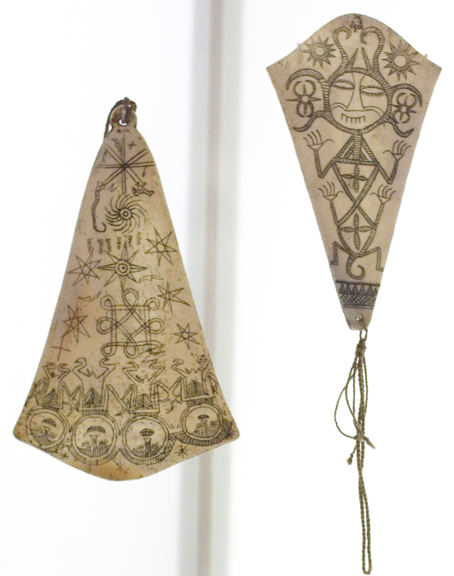 |
|
|
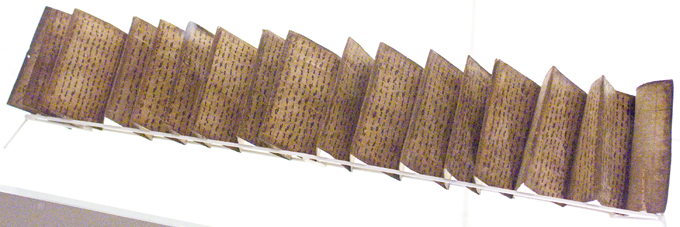 |
|
|
The 'concertina construction has been used both for hand made and printed books. The example above is from Africa and is in the British Museum. Examples can also be found that originate from Japan.
|
|
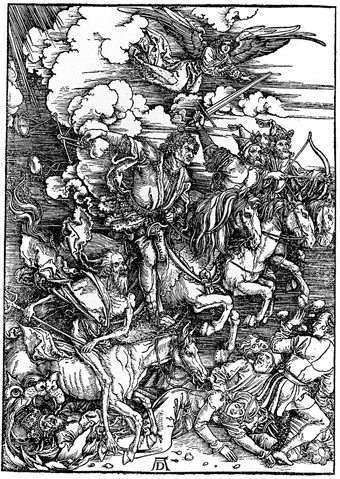 |
|
|
|
|
|
Albrecht Dürer
Albrecht Dürer 1471-1528 born in Nuremberg. The Apocalypse, dated 1498, contains fifteen large woodcuts plus an illustrated title page for the 1511 edition. The woodcut is 39.2 x 27.9 cm. This particular example shows the 'Four Horsemen of the Apocalypse.
The woodcuts illustrated the Book of Revelations of St. John written at the end of the first century AD: "And I saw, and behold, a white horse, and its rider had a bow; and a crown was given to him, and he went out conquering and to conquer."
In most instances authorities attribute the designs to Dürer and then describe how he employed woodcutters to perform the more menial task of actually cutting the wood. However, Panofsky* argued that the level of skill required for the cutting was beyond most cutters of Dürer's generation and that he himself must have been both creator and artisan cutter. The distinctive style and technique of the cutting would also appear to support this argument.
*Panofsky E., The life and art of Albrecht Dürer; Princeton University Press, 1945, 1971
|
|
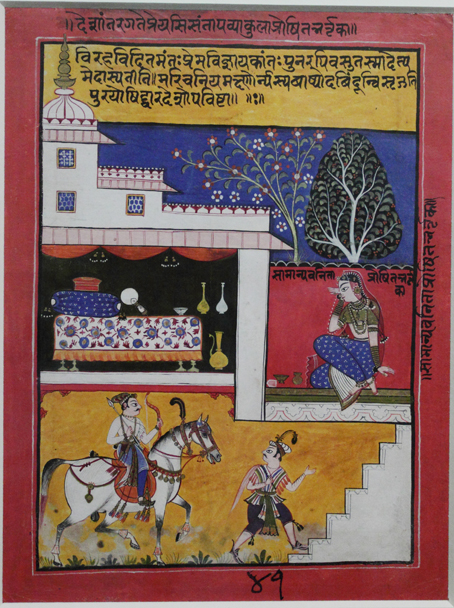 |
|
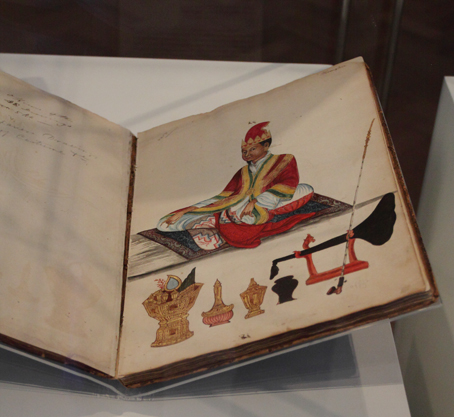 |
|
above: Burmese hand painted illustrations 1857; Victoria and Albert Museum, London
left: Mughal painting
|
|
|
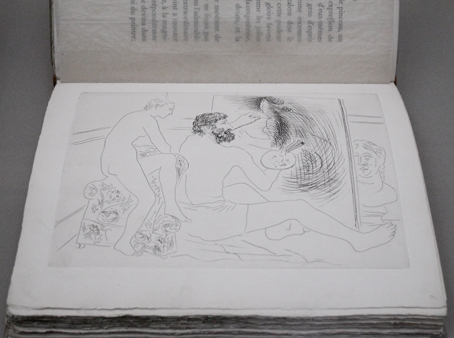 |
|
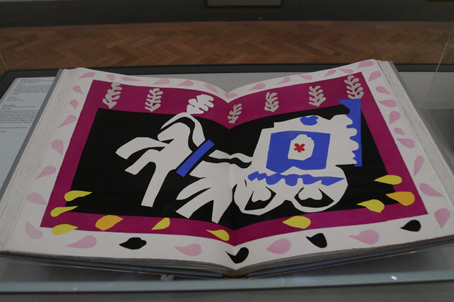 |
|
Matisse, H: Jazz
16.5 x 25.5 inches
The book was published by Efstratios Tériade and consisted of approximately 100 prints based on cutout designs by Matisse. The designs were printed by the pochoir process (a method of printing by stencils). The original was published in an edition of 250 on September 30th 1947.
|
Pablo Picasso
19.4 x 27.7 cm
Le Chef-d'oevre inconnu 1927-28
340 copies printed on Vélin de Rives
etching 'Pientre au travail observé par un Modèle nu
|
|
|
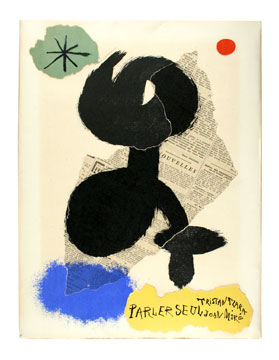 |
|
|
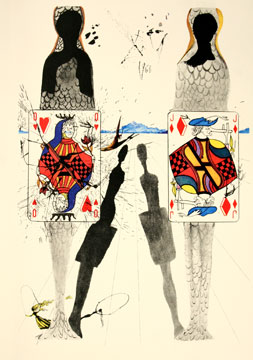 |
|
|
|
Joan Miro,
Parler Seul by Tristan Tzara. Illustrated with 72 lithographs by Miro. Folio, loose prints in illustrated cover and slipcase. [Paris]: published by Maeght, 1948-1950.
253 copies signed by both Miro and Tzara. Lithograph on Japon paper
48.9 x 77.47 cm
|
Salvador Dalí,
Illustrations to Lewis Carroll's Alice's Adventures in Wonderland, consisting of 12 original full page woodcuts and one coloured etching. Folio. Loose prints in a leather folding box. New York: Maecenas Press, Random House, 1969.
|
|
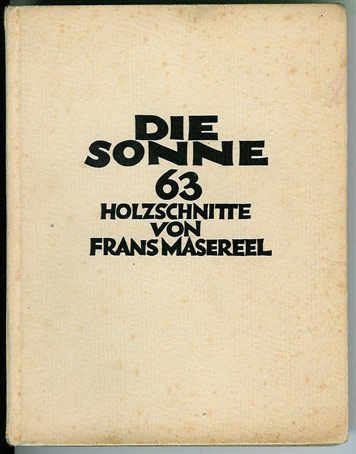 |
|
|
|
|
|
Frans Masereel:
Die Sonne is illustrated with 63 black and white woodcuts
Frans Masereel was born in the Belgian town of Blankenberghe in 1889, he died in Avignon in 1972.
Among his so-called image novels were 'Passion eines Menschen', 'Mein Stundenbuch', 'Die Sonne', 'Die Idee' and 'Geschichte ohne Worte', which all date from around 1920.
|
|
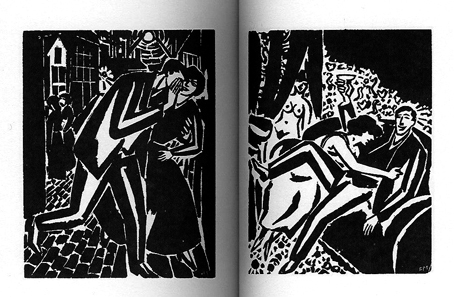 |
|
|
|
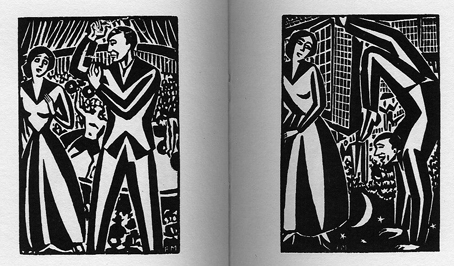 |
|
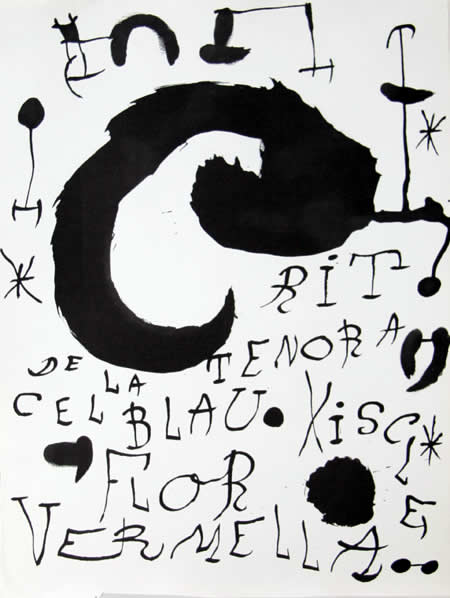 |
|
|
Joan Miro:
Les Essencies de la Terra;1968
Lithograph on Japon; 48.9 x 77.47 cm
|
|
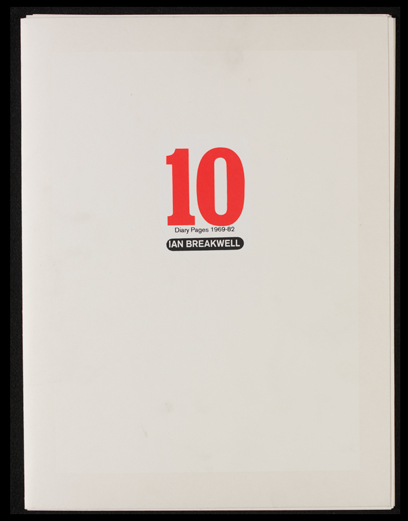 |
|
|
|
IAN BREAKWELL: '10 diary pages 1969-82'
published by Norwich School of Art, Norwich, England, 1983 Height 34 cm x 17 cm width
Ian Breakwell (1943 - 2005)
Ian was born in Derby and the recent (2010) exhibition at the Quad gallery in the centre of Derby gave an insight into his talent as a poet and artist.
|
|
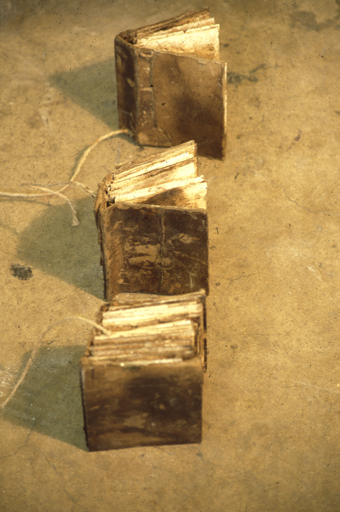 |
|
|
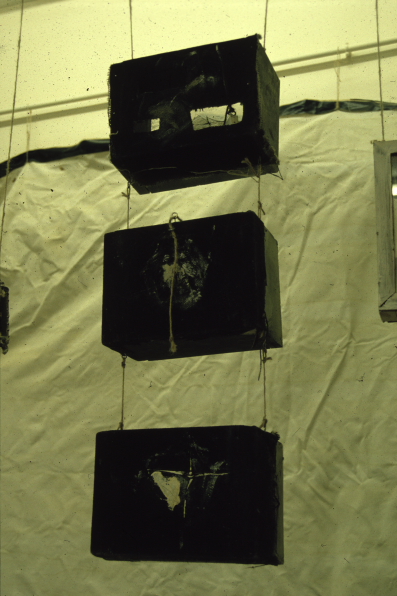 |
|
|
the BOOK
two example of student work from Anglia Ruskin University in Cambridge
|
|
UPDATED 31/10/2011
|
|
|
|
|
|
|
|
|
|
|
|
|
|
|
|
|
|
|
|
|
|
|
|
|
|


















